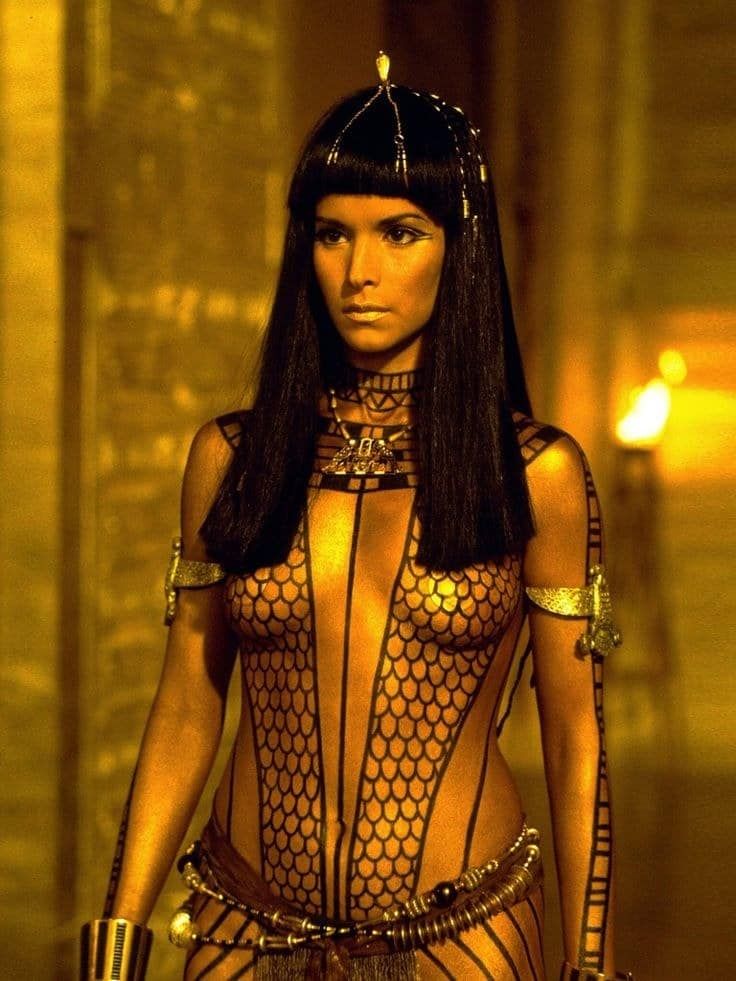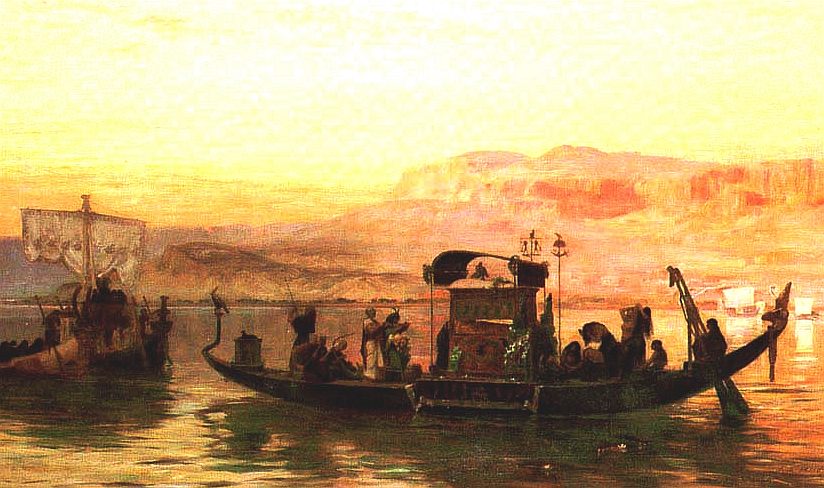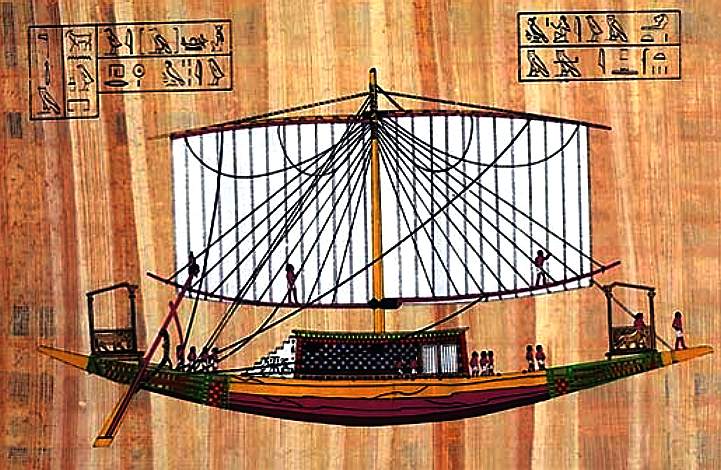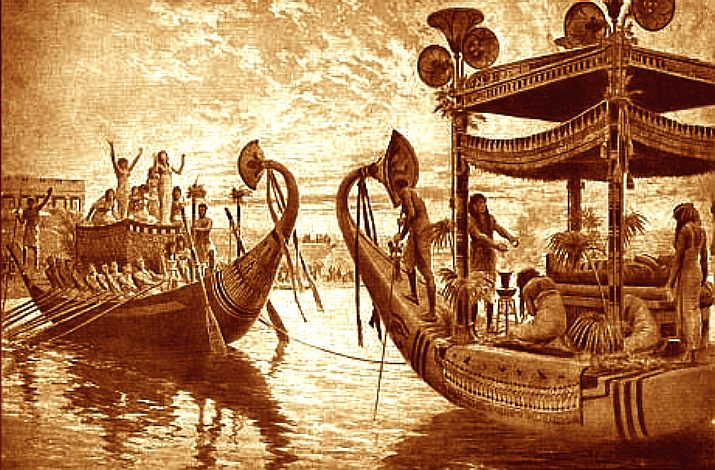
TOMB
RAIDERS:
Kathleen Martinez is
seen here with Glen Godenho at the Taposiris Magna temple.
The
whereabouts of Queen Cleopatra's tomb is still
a mystery for now.
While living and working in London in the 1990s,
Glen Godenho took a holiday in Egypt for a couple of weeks. On returning home,
he immediately enrolled in a series of evening classes in Egyptology at Birkbeck College. After completing these,
Glen applied to study at degree level at The University of Liverpool.
He
arrived in 1999, completed the degree, and then MA and PhD levels thanks to AHRC awards. On completion of
his doctorate Glen was awarded a one-year lectureship in Swansea University (2008-2009). At the end of the Swansea lectureship,
he returned to Liverpool as a permanent member of the Egyptology team.
His research interests are in the inscriptional and archaeological contexts of Ancient Egyptian social display, and current work includes the excavation and subsequent publication of two fieldwork projects: the First Intermediate Period (c. 2125-1975 BCE) tomb of Ankhtifi near Mo’alla in Upper Egypt and the Ramesside fortress (c.1278-1212 BCE) at Zawiyet Umm el-Rakham, 200km west of Alexandria on the Mediterranean coast.
Glenn.Godenho@liverpool.ac.uk
THE GUARDIAN 12 JULY 2020
- 'Sensational' Egypt find offers clues in hunt for Cleopatra’s tomb
Exclusive: discovery of two ancient mummies filmed for Channel 5 documentary
She was the fabled queen of ancient Egypt, immortalised over thousands of years as a beautiful seductress. But, despite her fame, Cleopatra’s tomb is one of the great unsolved mysteries.
Some believe she was buried in Alexandria, where she was born and ruled from her royal palace, a city decimated by the tsunami of 365AD. Others suggest her final resting place could be about 30 miles away, in the ancient temple of Taposiris Magna, built by her Ptolemaic ancestors on the Nile Delta.
Now two mummies of high-status individuals who lived at the time of Cleopatra have been uncovered at Taposiris Magna, a discovery that it is being described as “sensational” because it shows the importance of a necropolis that is being linked to her by the latest finds.
Although the burial chamber had been undisturbed for 2,000 years, the mummies are in a poor state of preservation because water had seeped through. But crucial evidence reveals they were originally completely covered with gold leaf, a luxury afforded only to those from the top tiers of society. Perhaps these two individuals had interacted with Cleopatra herself, archaeologists suggest.
The opening of the first-ever intact tomb found at Taposiris Magna was witnessed by cameras for a new Channel 5 documentary,
The Hunt for Cleopatra’s
Tomb, to be screened on Thursday.
It is presented by Dr Glenn Godenho, a senior lecturer in Egyptology at Liverpool University, who described the discovery as phenomenal. “Although now covered in dust from 2,000 years underground, at the time these mummies would have been spectacular. To be covered in gold leaf shows they ... would have been … important members of society,” he said.
The mummies have been X-rayed, establishing that they are male and female. One suggestion is they were priests who played a key role in maintaining the pharaohs’ power. One bears an image of a scarab, symbolising rebirth, painted in gold leaf.
Cleopatra was the last of a ruthless dynasty that ruled the Ptolemaic kingdom in Egypt for almost three centuries. Yet not a single Ptolemaic pharaoh’s tomb has been found.
Excavations at Taposiris Magna are headed by Dr Kathleen Martínez, who, after working there for over 14 years, is more convinced than ever Cleopatra’s tomb will be found there. Only a tiny percentage of the vast site has been explored.
In the show, cameras film her as the burial chamber with two mummies is opened up for the first time. After an initial limestone slab is removed with a chisel and hammer, she peers through a small hole, exclaiming: “Oh my god, there are two mummies … See this wonder.”
Her previous discoveries include a headless statue of a pharaoh, believed to be King Ptolemy IV, Cleopatra’s ancestor, and a foundation plate with an inscription showing that the temple was dedicated to the goddess Isis. Cleopatra saw herself as the “human incarnation of Isis”, Martínez said.
At the site of the temple altar, where priests would have made offerings to the gods, 200 coins bearing Cleopatra’s name and her face have been discovered.
This “incredible find” not only links Cleopatra directly to Taposiris Magna, but also reveals a striking image of the queen, Godenho says in the documentary. While its prominent nose and double chin may not suggest the classical beauty immortalised by Hollywood and Elizabeth Taylor, it is how she would have wanted to be seen as the coins would have been pressed using her direct instructions.
The Hunt for Cleopatra’s Tomb was shown on Channel 5 on Thursday 16 July
2020 at 9pm.
2019
ARCHAEOLOGICAL EXCAVATIONS - KATHLEEN MARTINEZ &
ZAHI HAWASS
EGYPT - archaeologist Kathleen Martinez made a phenomenal discovery in the hunt for Queen
Cleopatra
after finding two mummies of high-ranking officials in. The search for Cleopatra however continues.
Kathleen Martinez, is the Dominican head archaeologist that led the team that handled the excavations on site for over fourteen
years.
According to media reports archeologists from the University of Santo Domingo in the Dominican Republic have discovered 16 new burial shafts inside the old
Taposiris Magna Temple, a historical landmark in Egypt.
The temple at Taposiris Magna that contained the mummy was dedicated to
Osiris the ancient Egyptian Lord of the Underworld who was worshipped by Greek leaders in Egypt who honored the old traditions. Willing to discover where several antiquities were coming from that were flooding the black market he came to Luxor from Cairo with that objective. In a rather unique archaeological discovery mummies with golden tongues have been found in an ancient Egyptian burial ground.
The lover of Julius Caesar,
then Marc Antony,
found herself on the losing end of a war; Cleopatra killed herself in 30 BC.






